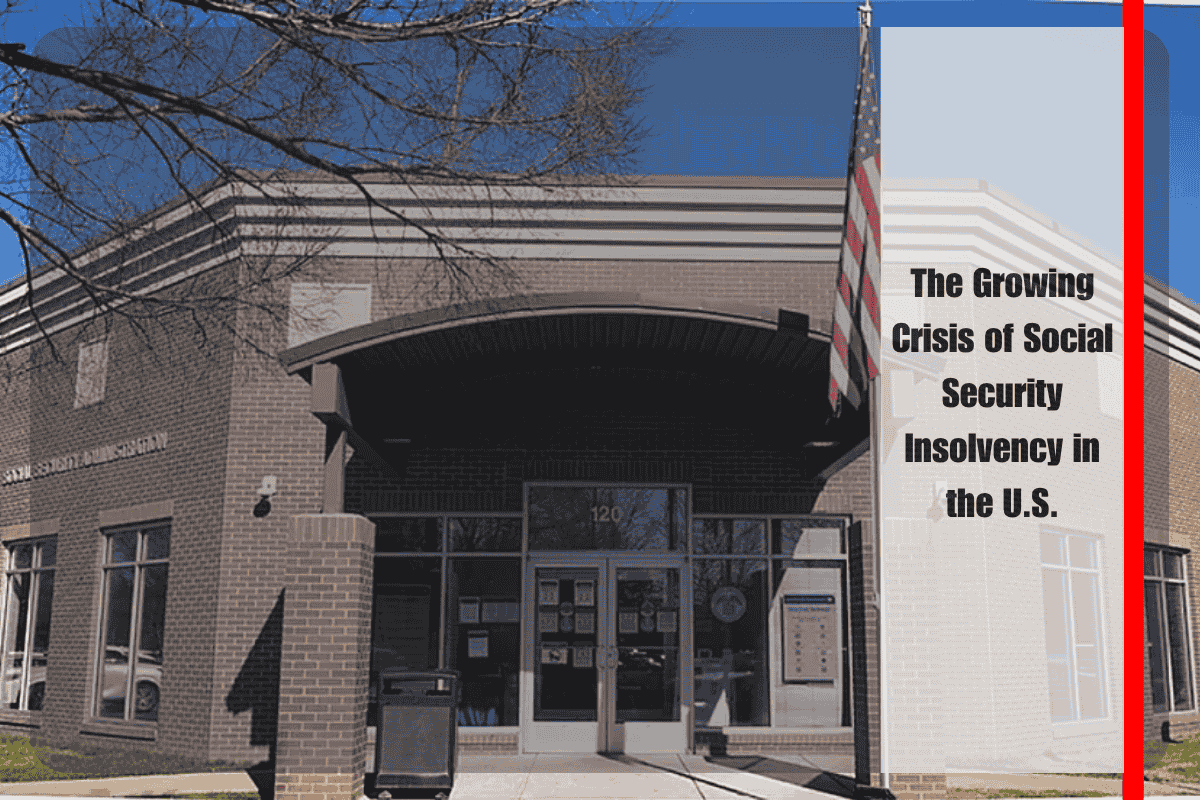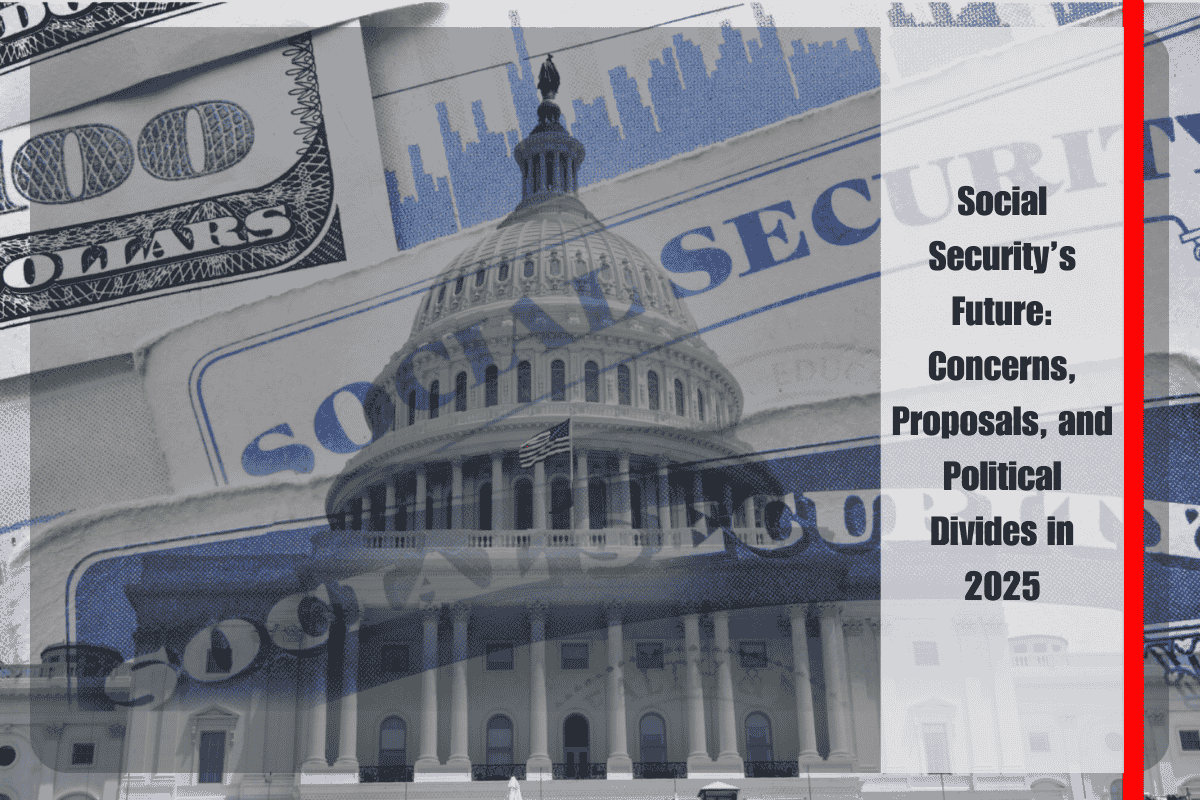The stability of the Social Security system in the United States is facing a critical situation, with recent changes in tax legislation accelerating the financial collapse of the trust fund. These changes could have a direct and profound impact on retirees and Social Security beneficiaries in as little as a decade.
The Impact of New Tax Legislation on Social Security
The recent legislative package, the One Big Beautiful Bill Act (OBBBA), has significantly altered the financial outlook for Social Security. According to a report from the Office of the Chief Actuary, the insolvency date for the program’s trust funds has been moved up from the third quarter of 2034 to the first quarter of that year. This acceleration is attributed to permanent reductions in income tax rates and expanded temporary deductions, particularly aimed at older adults. While these tax modifications have been popular with certain groups, they have generated an increase in costs totaling approximately $168.6 billion for the Old-Age, Survivors, and Disability Insurance (OASDI) funds, which are critical components of the Social Security system.
What Does Insolvency Mean for Retirees?
Insolvency does not mean Social Security will stop paying benefits entirely, but it does mean that the system will only be able to pay out what it collects in taxes, without relying on the trust fund. This scenario will result in automatic cuts of approximately 24% in Social Security payments starting in 2034 if no corrective measures are taken.
For a middle-income household with dual income, these cuts could result in a loss of up to $18,100 annually or roughly $1,509 per month. Single-income households would face a reduction of about $13,600 annually. The effects could be even more severe for higher-income households, with cuts potentially reaching up to $24,000 per year.
A Crisis Impacting Millions
Currently, over 62 million Americans rely on Social Security, with the majority being retirees who have limited other sources of income. The prospect of such steep cuts threatens to push many of these individuals into poverty or force them to rely on other social assistance programs like Supplemental Security Income (SSI).
The report also indicates that if no action is taken, cuts could exceed 30% by the end of the century, underscoring the need for urgent structural reforms to ensure the system remains sustainable for future generations.
What Can Legislators Do?
Experts warn that failing to address this issue now is tantamount to accepting automatic cuts in benefits. While political resistance has long been a barrier to reforming Social Security, the growing financial strain on the system has made it impossible to ignore any longer.
Several proposals have been suggested, including raising the retirement age, increasing the income tax cap for the Social Security system, or altering the benefit formula. However, these solutions all require political will and bipartisan cooperation, something that has been in short supply in recent years.
The Clock Is Ticking
The timeline for Social Security insolvency is no longer a distant threat. With the new timeline, lawmakers now have less than a decade to act before the cuts begin. Meanwhile, millions of retirees and future beneficiaries face an uncertain future, with the potential to see their standard of living drastically reduced.
As the situation becomes more urgent, it’s crucial that citizens stay informed and advocate for concrete solutions to protect one of the most vital elements of the U.S. social safety net. Without significant reform, the very future of Social Security is in jeopardy.












